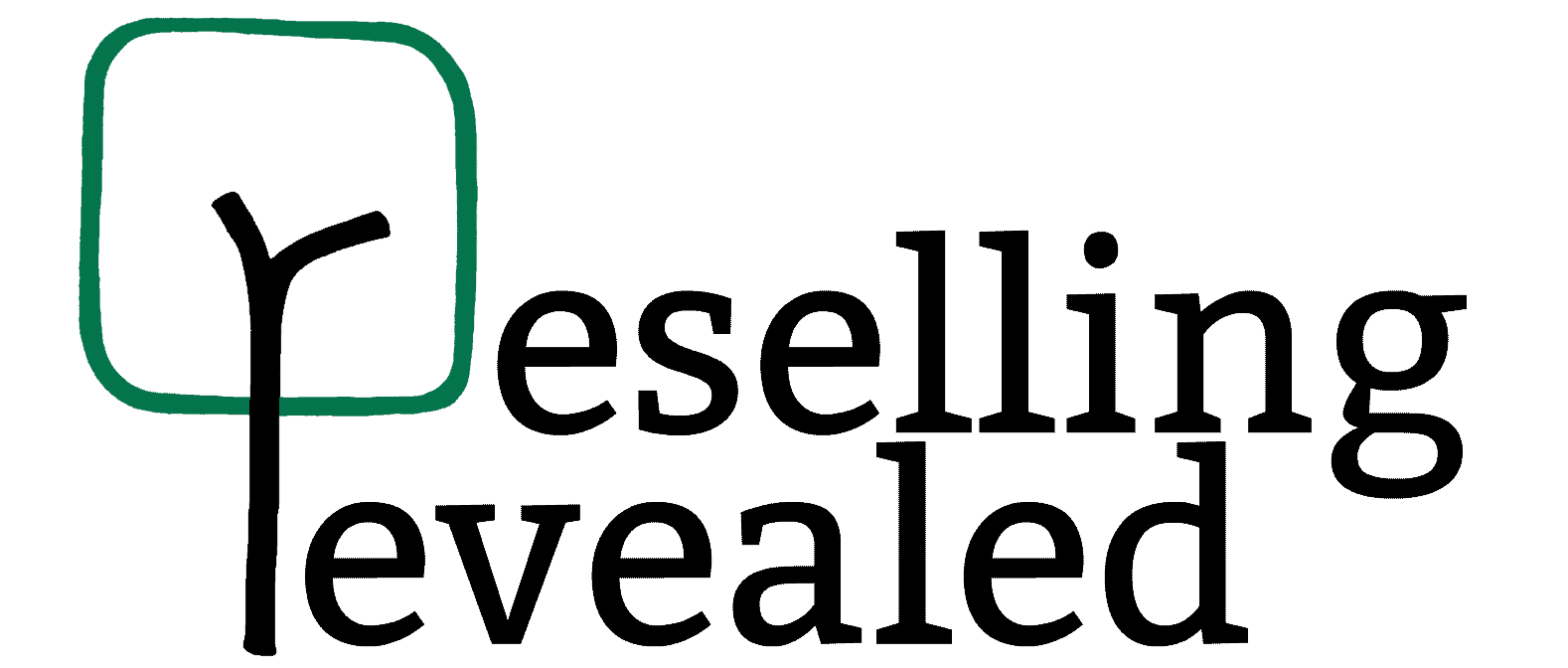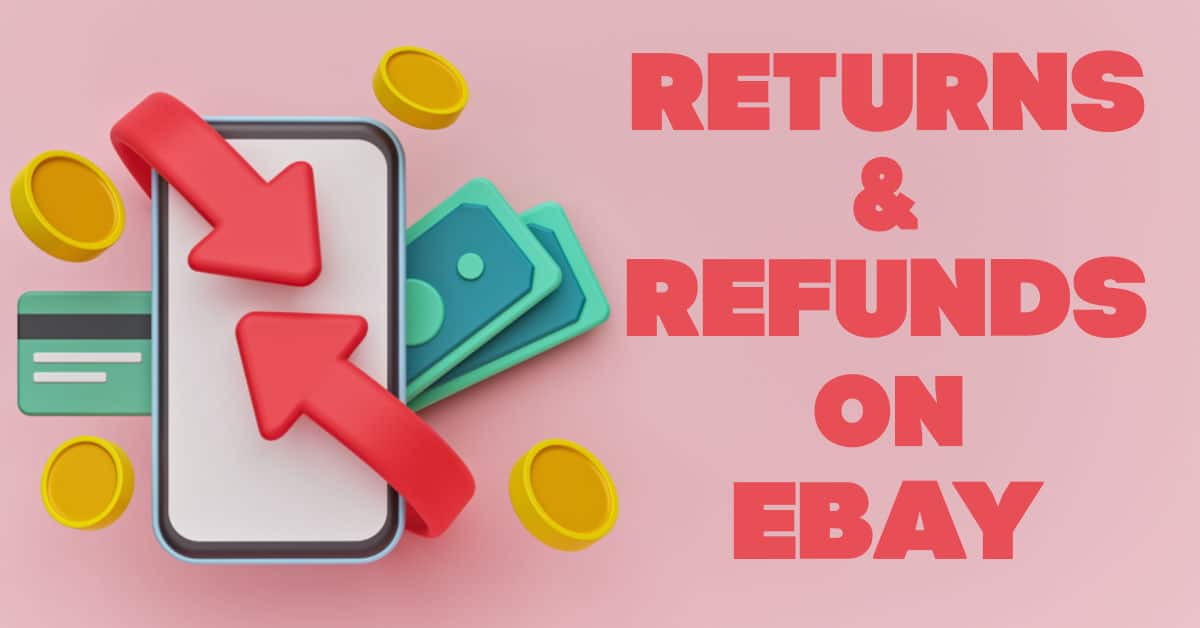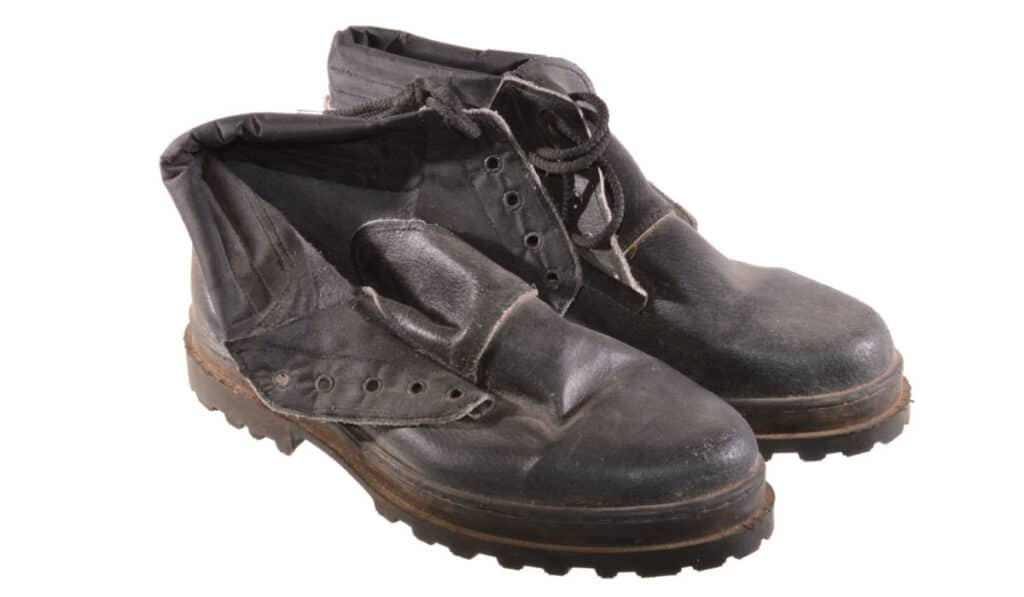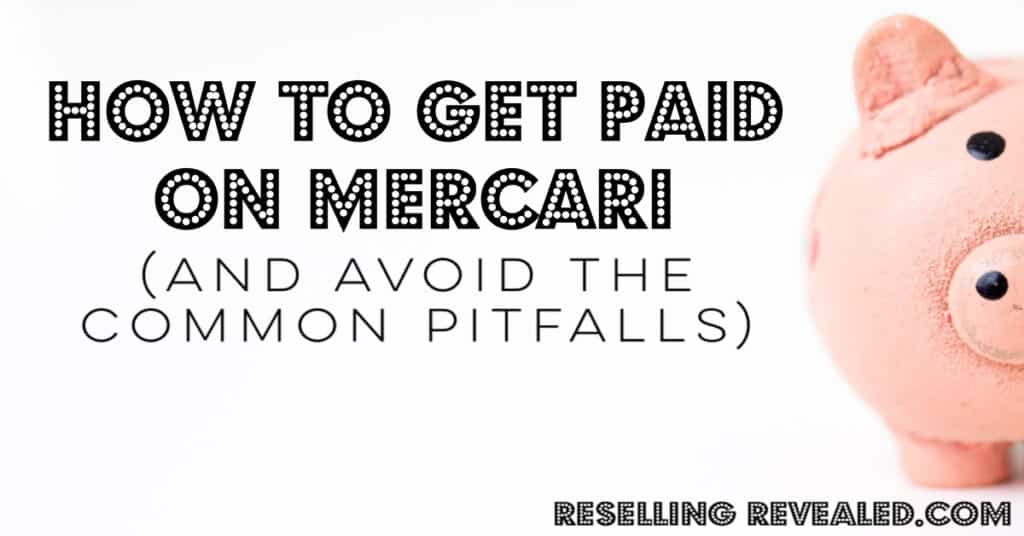As an Amazon Associate I earn from qualifying purchases.
Judging by the number of questions we get on the subject (and the questions clogging up every eBay seller’s Facebook page) returns are one of the scariest and most difficult things for a new seller to deal with.
We have had several “oh crap” moments with returns, including a return for an $1100 item after we had already spent the money on new inventory.
Along with honest buyers simply wanting their money back, we have been the victims of several scam attempts. These difficult returns and scam attempts are in addition to the 5-10 returns we deal with every month which go off without a hitch.
Having had hundreds of returns at this point, I’d say it’s fair to say that we’re nearly experts on the subject and can dispense some advice.
All of our returns fall into 3 different categories and, once you get the hang of it, you’ll be able to handle returns in your sleep. To start off with, we figured that the easiest way to convey the information was in a flowchart. Whenever you have a return, work your way through the chart to figure out the best way to proceed.
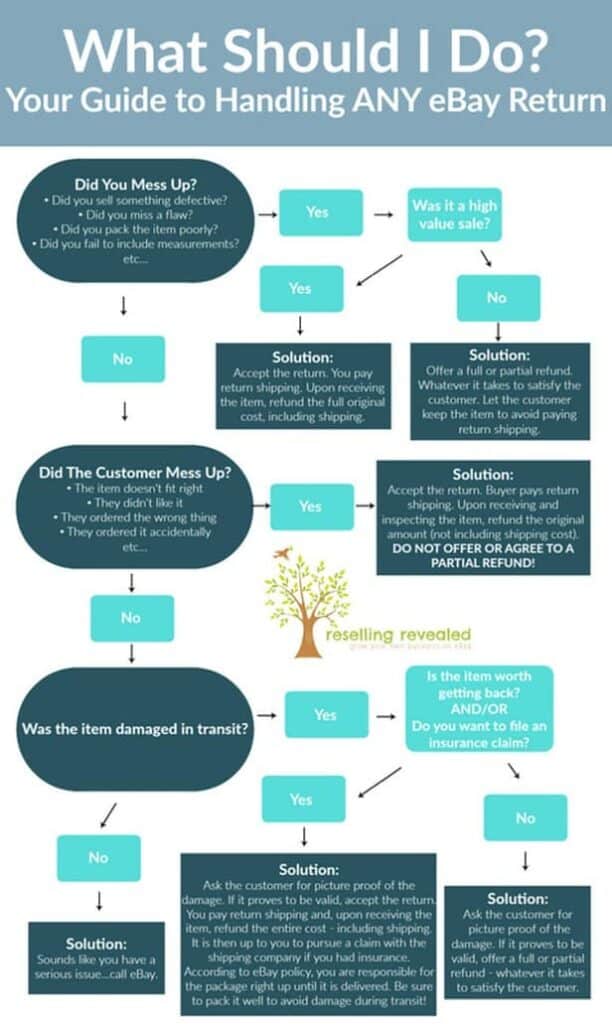
How Returns Work on eBay
eBay is made for sellers. They know that the return process is intimidating for both sellers and buyers and do their best to make it easy. eBay will guide you through the process to have a perfect and painless return.
Here’s how it typically works:
- You ship an item
- Upon receipt, the buyer decides within 30 days (or whatever your return window is) to open a return request
- You approve the return request manually or automatically
- The ships the item back to you
- You receive the item and inspect it to make sure it is in the condition it was sent in
- If everything checks out, you refund the buyer
- The return is closed
That’s all there is to it! But even though the process is simple, there are a few things that can get messed up along the way. Let’s make you an eBay returns pro:
11 Things Sellers Should Know About eBay Returns
1. Should I Accept Returns On eBay?
Yes. Offer a 60-day return policy.
If you sell on eBay, you already offer returns. If you do not create your own return policy, eBay just goes ahead and writes one for you stating that “the seller does not offer returns but you are protected under eBay’s Money Back Guarantee.”
So, if a buyer receives a defective item, eBay forces the return and you pay for return shipping. If a seller receives an item they don’t like, they can claim it’s defective or flawed, eBay forces the return, and you pay return shipping.
It is far better to simply offer returns on your own terms so as to provide the seller with another option. Pleasantly handling returns has also been the source of some of the most glowing positive feedback we have received!
To be a top-rated seller on eBay you must offer at least a 30-day return window.
Contrary to popular belief, a longer return window does not increase your number of returns.
If a person is actually going to return an item, they will do so immediately. If they are trying to run a scam, they will also do so immediately. Offering a longer return policy does nothing but improve your level of customer service and get you a cool discount on Final Value Fees. Plus there’s the possibility that they’ll put off returning and just forget about it…
2. Who Pays For Returns On eBay?
The person at fault pays for the return. This is decided by the stated reason for the return. If an item is returned for fitment reasons, the buyer didn’t like it, they found a cheaper one elsewhere, etc. then they will pay for the return.
If the seller is at fault (for example, the item was damaged or not as described) then it is on them to pay for return shipping.
In the same vein, the buyer does not refund the original shipping if they were not at fault.
3. Do Returns Hurt My Seller Status?
The short answer is, no. Having a normal number of items returned does not affect your seller status. There are, however, two instances in which your seller ability can be affected. If you have an excessive number of returns, eBay will probably look into your account to see if you’re selling fake items or trying to deceive people.
The other thing that will cause issues is if you fail to handle returns in a timely manner. If you don’t refund items on time or the buyer has to open a case then eBay gets involved and you can end up with a defect on your account.
4. What If They Buyer Returns A Damaged Item?
We have had several issues with items being returned in terrible condition. More often than not the buy was careless and simply didn’t pack them correctly. Other times, they have obviously worn or used the item and then returned it.
In either case, your options are limited. I have fought cases by uploading pictures to eBay of the damaged items and telling the buyer they are committing mail fraud (a felony), etc. but have had limited success.
My advice would be this: if it is a low-dollar item and you can afford to absorb the cost, do it. It will be easier and better in the long run. You don’t have to “win” and prove that the person is a cheat. You should, however, report them to eBay as this will eventually bring their cheat streak to an end.
If it is an expensive item, take a video of yourself opening the item when you receive it. It won’t be perfect but this will give you the best possible chance of proving to eBay that they are trying to scam you.
5. How Do I Handle Partial Refund Requests?
Partial refunds on eBay are very useful but are one of the most abused systems (by buyers).
A partial refund is completely acceptable as a method of satisfying your buyer after you made a mistake (for example, I sent someone a pair of boots that I thought was black, it turns out they were navy blue. I refunded 25% and received positive feedback)
Unfortunately, we have received many messages along the lines of, “Hey the boots are really great but run a bit smaller than I expected. I gave them to my daughter though and she loves them. However, I would never pay that much to buy boots for her. Can we reach an agreement so that she can keep the boots?”
No, we cannot.
If you buy something from me, you agree to the price. If you decide that it isn’t for you, someone else will want it and you can return it.
More often than not, the buyer simply wants to keep the item and get a discount. They will typically disappear when we respond and let them know that they are free to return them but we don’t offer partial refunds. If there really is a problem, we have still offered exemplary customer service and they can return the item!
6. Can l Get Negative Feedback Removed If I Accept A Return?
Contrary to what all the sad, bitter, and angry people on the internet would have you believe, eBay does look after its sellers. Sometimes.
It’s the sellers that make eBay money after all.
If you provide excellent service, eBay will side with you and close cases in your favor when you’re dealing with unreasonable sellers. eBay is well aware that there are scams run on their site or, as they call them, “poor buyer practices.”
Because of this, it is possible to get negative feedback removed in many instances. If you feel that a negative is unwarranted or just plain false, contact an eBay rep and explain the situation.
If a buyer is being unreasonable about returning an item, stick to eBay policy and never ever give into feedback extortion. If says anything along the lines of, “Unless you do X, I will be leaving negative feedback” contact eBay immediately. Be professional, stick to your policy, and if they do leave negative feedback odds are that eBay will remove it for you.
7. What Happens If I Don’t Refund An eBay Return?
If you receive a return but don’t refund it, eBay will do it for you. The new payment system on eBay means that they will subtract the refund amount from your pending funds. If you don’t have funds available then they can debit whatever payment method you have on file or just send your balance negative.
If you go this route, you will likely receive a defect and can lose the ability to list additional items. When you receive a return you should either refund the buyer or open a case within 24 hours (although eBay gives you 48 hours to refund).
8. What Happens If A Buyer Doesn’t Return A Item?
Surprisingly, this can be the best-case scenario. After opening a return, buyers have 7 days to ship the item. If they fail to do so, call eBay and they will close the return for you. After a return is closed it cannot be reopened unless they file a case with eBay.
9. What If I Suspect A Scam?
If you suspect that a buyer is trying to scam you through an eBay return, you’re probably right. There are several ways that buyers try to get more than they deserve by gaming the system.
In this case, it is best to document everything you can and keep eBay in the loop. You can, at any time, call eBay and have them add a note to your account. Simply ask the rep to add a note about the way that the buyer is acting and your suspicions. If you turn out to be correct it will be much easier for you to explain your side of the situation to eBay.
10. You Should Be Using A Return Policy Template
Having the same return policy for every listing keeps things easy and lets your buyers know exactly what they can expect.
Here’s the Return Policy Template we use on eBay:
“We accept returns for any reason! Our goal is to always provide 5-star customer service. If you are not fully satisfied with the product you receive or our service, please contact us and we will strive to meet your expectations.
If a return is necessary, please initiate a return through eBay’s return system and we will issue you a refund upon our receiving and inspecting the item. Items must be returned in the same condition in which they were sold. New items must have tags still attached. To be eligible for a return, the return must be initiated and the item postmarked within 30 days of your receiving the item.
If you have any issues, please contact us before leaving feedback. Thank you for your business!”
11. Handling Returns Outside Of eBay Forfeits Seller Protection
Never ever do returns outside of eBay. Communicate with buyers only through eBay and, if you extend a refund (even a partial one) or offer a return, do it only through eBay so that there is a “paper trail.”
It is far too easy to get scammed if you simply refund a buyer through PayPal or if a buyer just wants to “ship something back to you without opening a return to save you the defect….”
Conclusion
If you are new to eBay, don’t stress out about returns. Most sellers have 1-4% of their items returned and it’s totally fine. This is actually quite low for the retail industry.
It is quite simple to follow the instruction through your first few returns, after which you’ll be a natural! So get out there, get selling, and don’t worry about it!
